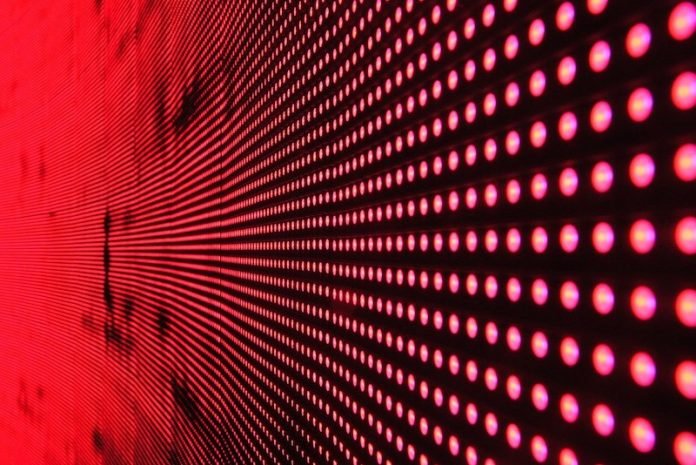
In a new study, researchers have proven that the coronavirus can be killed efficiently, quickly, and cheaply using ultraviolet (UV) light-emitting diodes (UV-LEDs).
They believe that the UV-LED technology will soon be available for private and commercial use.
The research was conducted by a team from Tel Aviv University
The entire world is currently looking for effective solutions to disinfect the coronavirus.
The problem is that in order to disinfect a bus, train, sports hall, or plane by chemical spraying, people need physical manpower, and in order for the spraying to be effective, they have to give the chemical time to act on the surface.
According to the team, disinfection systems based on LED bulbs can be installed in the ventilation system and air conditioner, for example, and sterilize the air sucked in and then emitted into the room.
They discovered that it is quite simple to kill the coronavirus using LED bulbs that radiate ultraviolet light.
They killed the viruses using cheaper and more readily available LED bulbs, which consume little energy and do not contain mercury like regular bulbs.
The research has commercial and societal implications, given the possibility of using such LED bulbs in all areas of our lives, safely and quickly.
In the study, the team tested the optimal wavelength for killing the coronavirus and found that a length of 285 nanometers (nm) was almost as efficient in disinfecting the virus as a wavelength of 265 nm, requiring less than half a minute to destroy more than 99.9% of the coronaviruses.
This result is important because the cost of 285 nm LED bulbs is much lower than that of 265 nm bulbs, and the former are also more readily available.
Eventually, as the science develops, the industry will be able to make the necessary adjustments and install the bulbs in robotic systems or air conditioning, vacuum, and water systems, and thereby be able to efficiently disinfect large surfaces and spaces.
The team believes that the technology will be available for use in the near future.
One author of the study is Professor Hadas Mamane.
The study is published in the Journal of Photochemistry and Photobiology B: Biology.
Copyright © 2020 Knowridge Science Report. All rights reserved.



